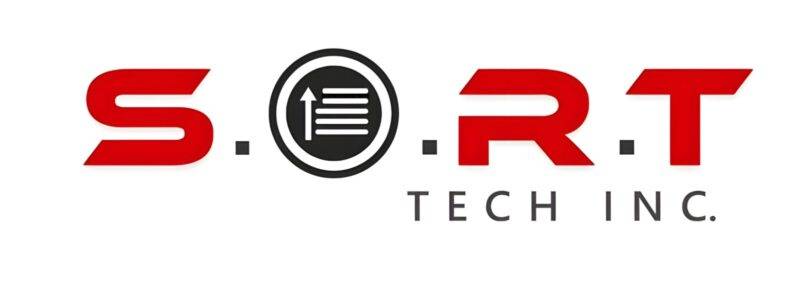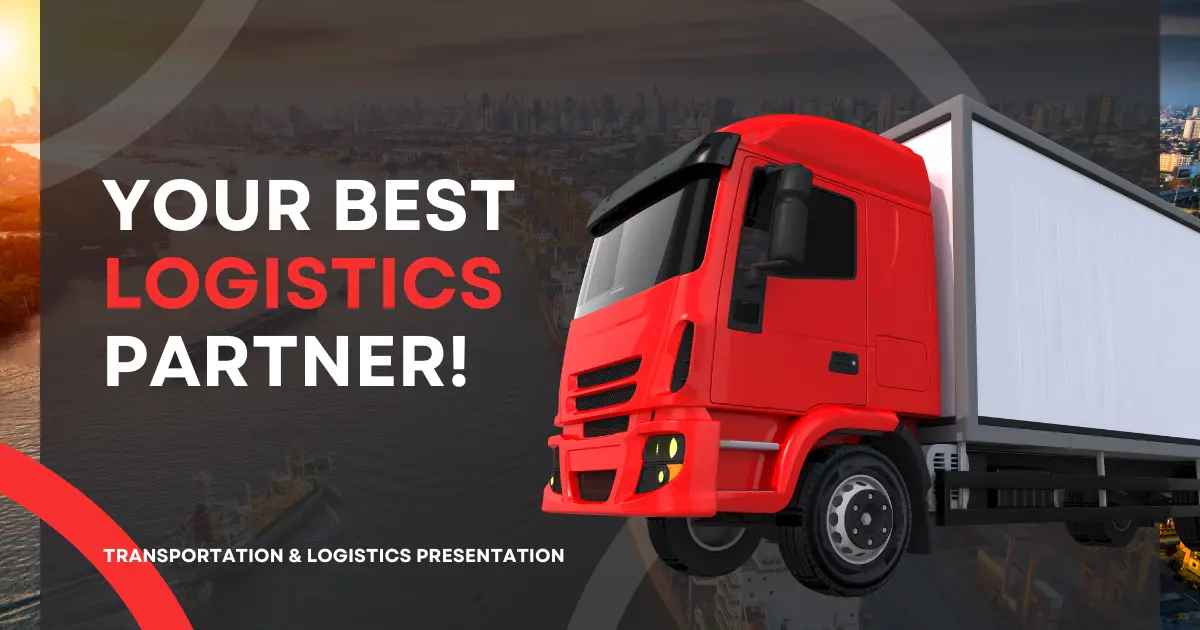In the ever-evolving world of logistics and transportation, hotshot trucking has emerged as a dynamic and lucrative niche within the industry. Offering a unique blend of speed, flexibility, and efficiency, hotshot trucking has become the go-to choice for many shippers, especially when time is of the essence. In this article, we’ll dive deep into the world of hotshot trucking, exploring its origins, benefits, challenges, and its vital role in the modern logistics landscape.
Origins of Hotshot Trucking
The term “hotshot” traces its roots back to the Texan oil fields of the 1970s. During this period, oil producers urgently needed specialized services to transport critical equipment, parts, and materials to remote drilling sites. Traditional trucking companies struggled to meet these demands due to the often unpredictable and immediate nature of the requests.
To bridge this gap, a new breed of truckers emerged – hotshot truckers. These drivers typically used heavy-duty pickup trucks or small, medium-duty trucks that could quickly respond to urgent transportation needs. The term “hotshot” itself suggests a sense of urgency, highlighting the fast and efficient nature of this service.
Also Read – How Dispatch Software Work? 7 Most Important Things You Must Know
Benefits of Hotshot Trucking
Speed and Efficiency: Hotshot excels in delivering time-sensitive cargo promptly. Smaller vehicles can navigate congested urban areas and reach remote locations faster than their larger counterparts, making them ideal for urgent deliveries.
Cost-Effective
Hotshot trucking can be more cost-effective for shippers, especially when they don’t require the full capacity of a traditional truck. Shippers can save money by paying only for the space they need, avoiding the expense of leasing an entire trailer.
Versatility
Hotshot trucks come in various sizes and can transport a wide range of cargo, from construction equipment and machinery to perishable goods. This versatility allows for a broader range of transportation options.
Accessibility
Hotshot trucking companies are often smaller and more agile, providing a personalized touch and direct communication with drivers. This accessibility can be reassuring for shippers who want real-time updates on their cargo.
Expanding Markets
The rise of e-commerce and the need for quick deliveries have opened up new opportunities for hotshot trucking. Small and medium-sized enterprises (SMEs) can tap into this niche to compete with larger players in the logistics industry.
Challenges of Hotshot Trucking
While this trucking company offers numerous advantages, it also presents unique challenges:
Competition: The hotshot trucking market is competitive, with many small carriers vying for business. Building a strong reputation and a loyal customer base can be challenging.
Operating Costs: Smaller trucks may have higher operating costs per mile compared to larger rigs. Fuel efficiency and maintenance are critical factors that hotshot truckers must carefully manage.
Regulatory Compliance: Hotshot truckers must adhere to federal and state regulations, just like their larger counterparts. Compliance can be complex and time-consuming.
Load Availability: Hotshot truckers often rely on load boards and brokers to find cargo. Seasonal fluctuations and market dynamics can affect the availability of high-paying loads.
Time Management: Efficient scheduling and time management are crucial in hotshot trucking. Delays can be costly, so drivers must plan their routes meticulously.
Also Read – Important Methods To Build TMS Software – Vital Features, Tips & Challenges
The Role of Technology in Hotshot Trucking
To overcome some of the challenges and stay competitive, hotshot trucking companies are increasingly turning to technology. Here are some ways technology is transforming the hotshot trucking industry:
Load Matching Platforms: Online load boards and mobile apps connect hotshot truckers with available loads, streamlining the process of finding and booking cargo.
GPS and Navigation Apps: GPS technology and navigation apps help hotshot truckers optimize routes, save fuel, and reduce delivery times.
Electronic Logging Devices (ELDs): ELDs are now mandatory for tracking hours of service and ensuring compliance with federal regulations. These devices improve record-keeping and simplify compliance.
Communication Tools: Mobile apps and communication platforms enable real-time communication between shippers, drivers, and dispatchers, enhancing efficiency and customer service.
Vehicle Maintenance Software: Maintenance software helps hotshot truckers schedule and track vehicle maintenance, reducing downtime and costly repairs.
The Future of Hotshot Trucking
Hotshot trucking is poised for continued growth and evolution in the years to come. Several factors contribute to this bright future:
E-commerce Expansion: The e-commerce boom is likely to increase the demand for hotshot trucking services. As consumers expect faster deliveries, hotshot truckers can play a pivotal role in meeting these expectations.
Sustainability Focus: Environmental concerns are pushing the transportation industry to adopt greener practices. Hotshot trucking, with its smaller vehicles and optimized routes, can contribute to reducing emissions and energy consumption.
Technology Advancements: Continued advancements in technology will enable hotshot truckers to operate more efficiently, manage their businesses effectively, and provide better service to their customers.
Niche Specialization: Hotshot trucking can diversify into specialized niches, such as medical equipment transportation, aerospace logistics, and pharmaceutical deliveries, further expanding its market reach.
Conclusion
Hotshot trucking has come a long way from its origins in the Texan oil fields. Today, it stands as a vital component of the modern logistics landscape, offering speed, efficiency, and cost-effectiveness to shippers and consumers alike.
While it comes with its fair share of challenges, technology and innovation are driving the industry forward, ensuring its continued growth and relevance in the ever-evolving world of transportation.
As e-commerce continues to surge and consumer expectations rise, hotshot trucking is well-positioned to thrive in the years ahead, proving that sometimes, smaller is indeed better in the world of logistics.





